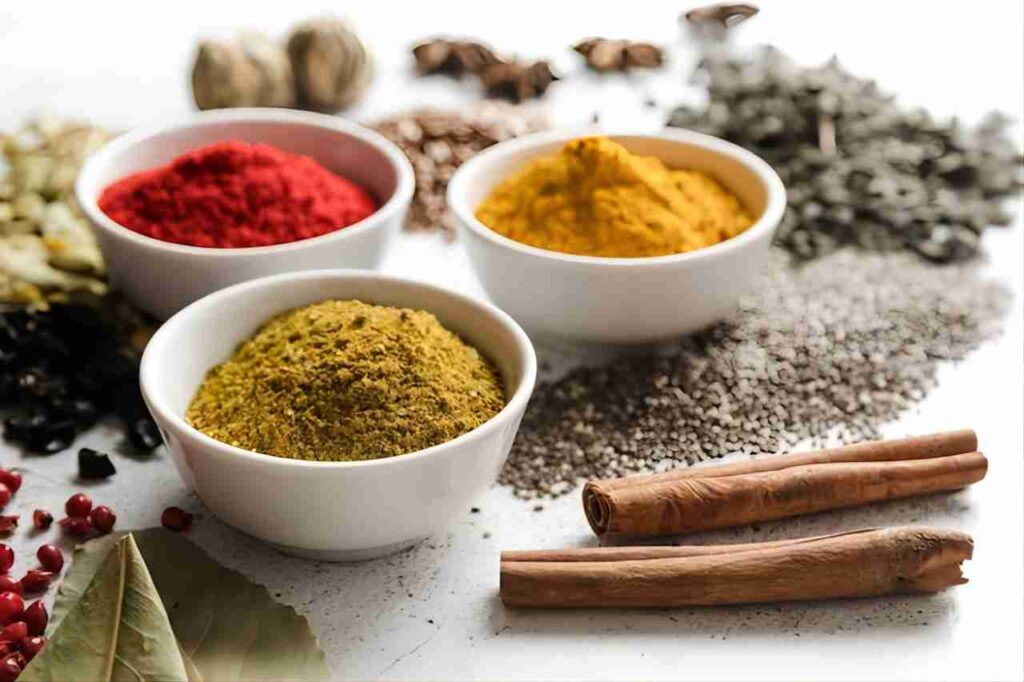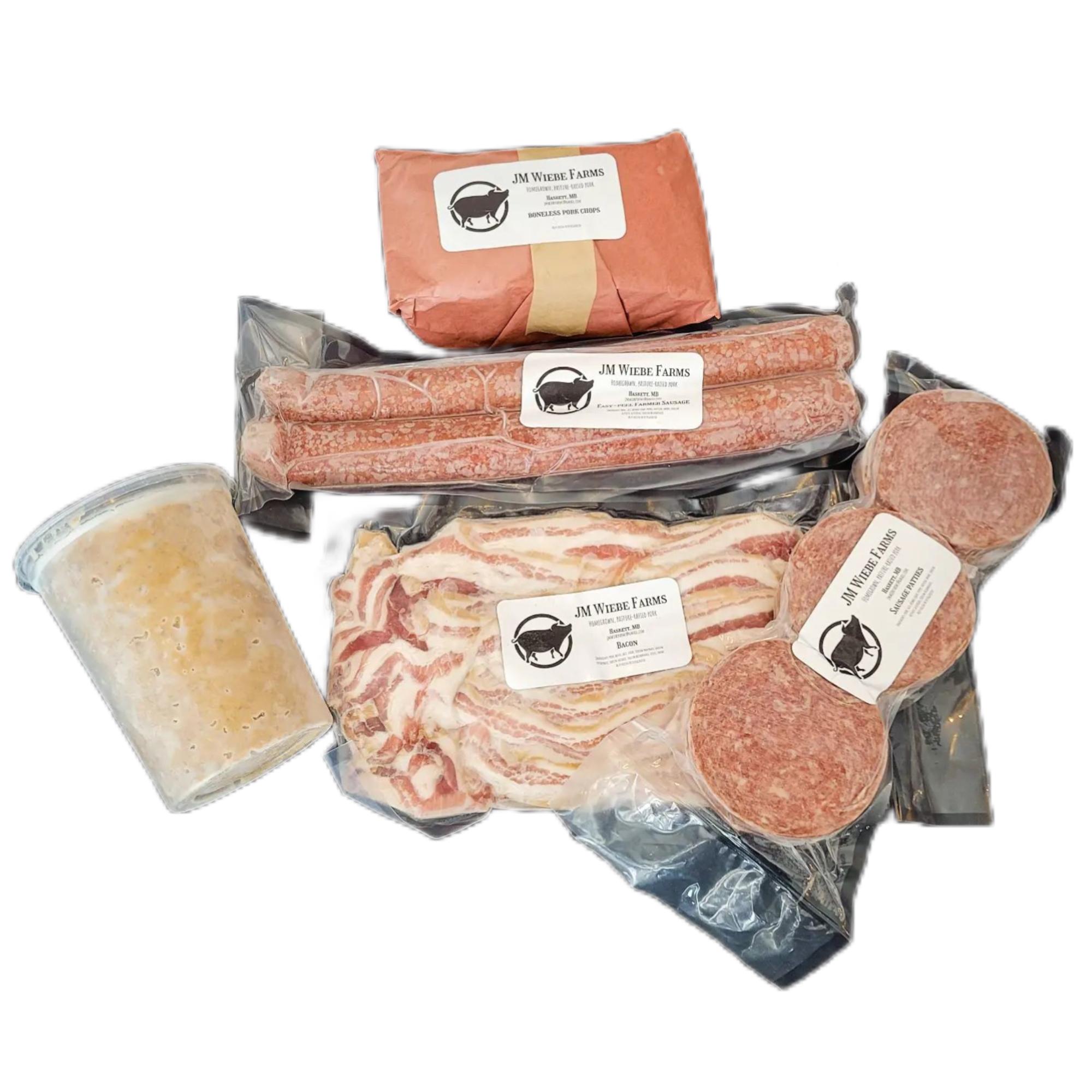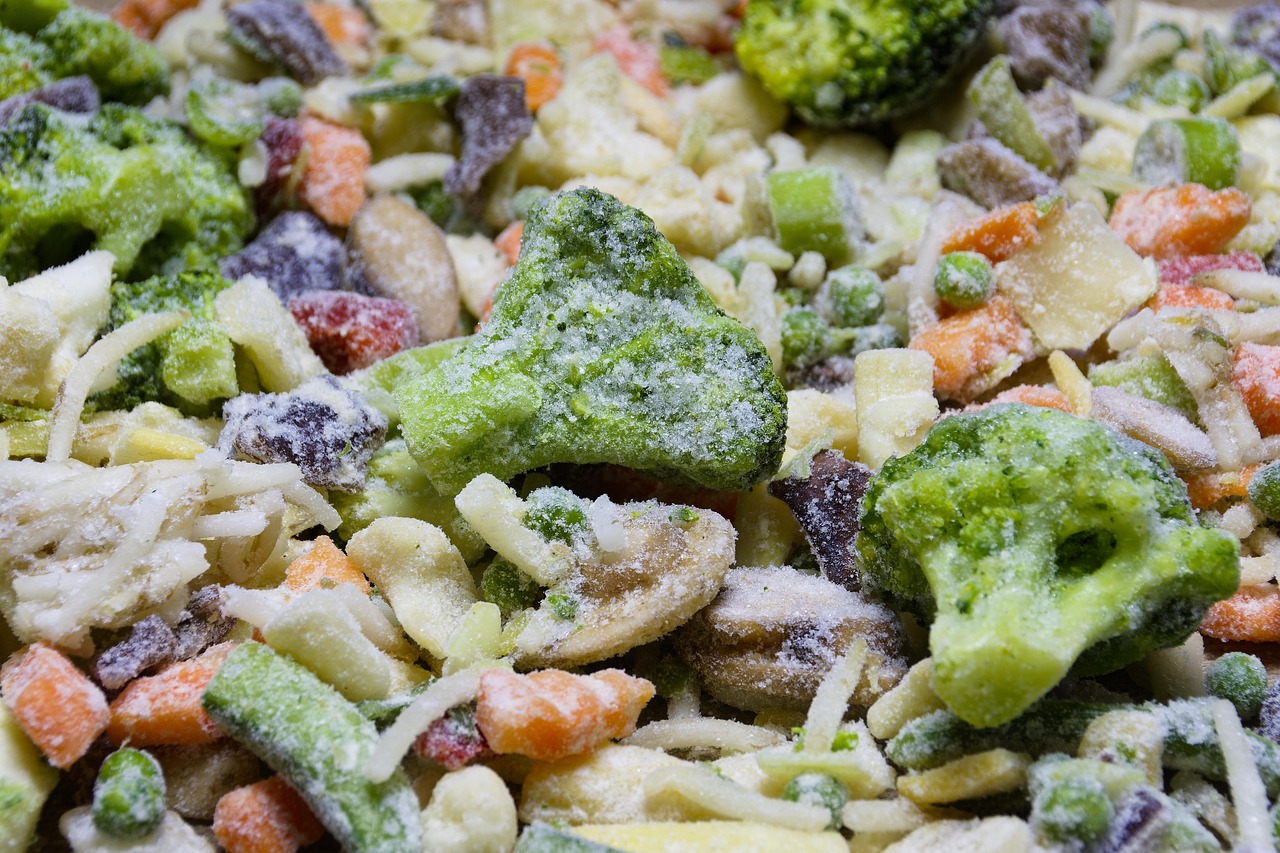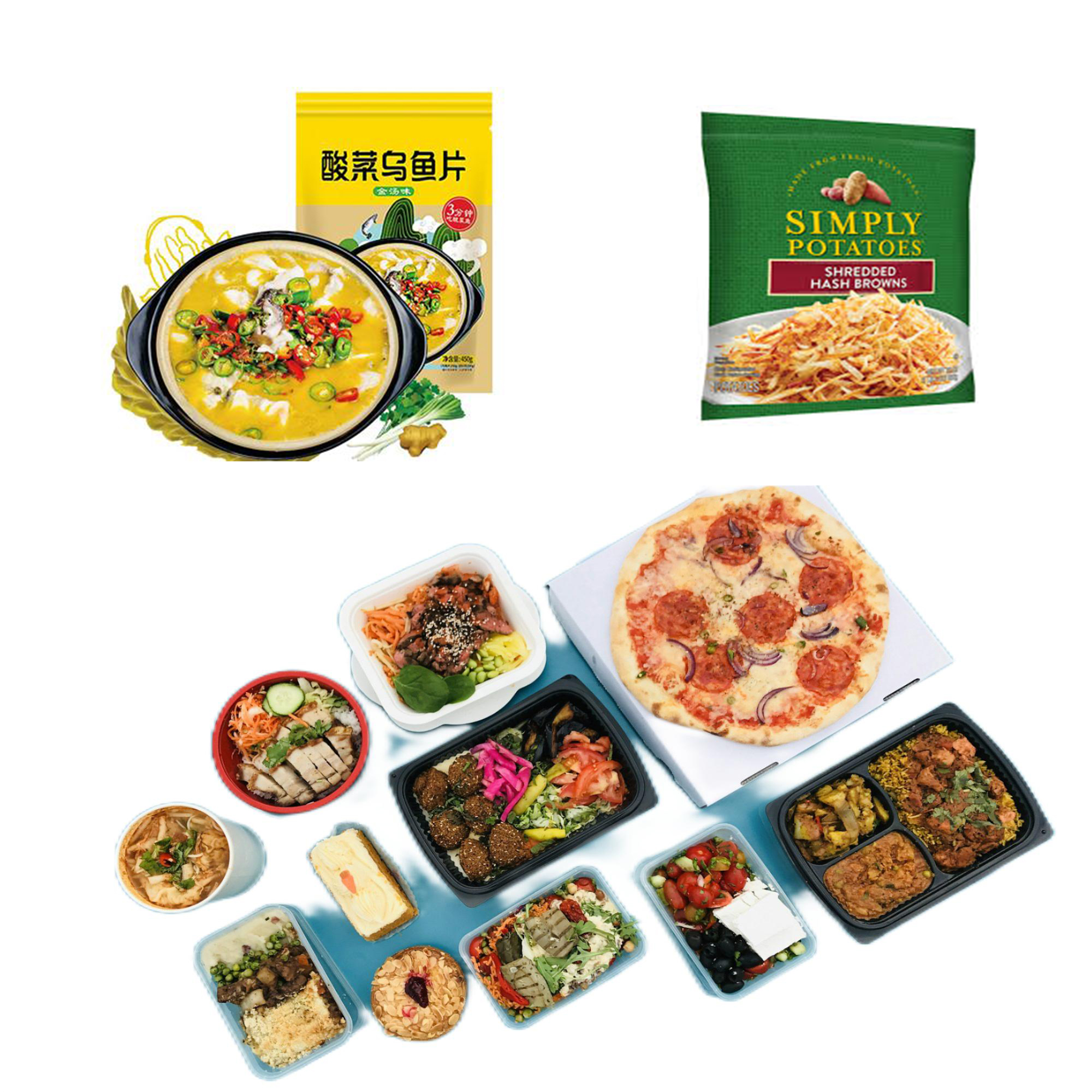介紹
粉狀填料是通用材料,常用於食品、非食品和製藥等各個行業。本終極指南將概述各種類型的粉末填料、它們的應用以及不同行業的未來。

Type of Powder Filler
Powder fillers come in various types and configurations, each designed to handle different types of powders, from free-flowing to non-free-flowing powders. Some of the most common types include:
- Auger Fillers: Ideal for both free-flowing and non-free-flowing powders. They use a rotating auger to measure and dispense the product.
- Vibratory Fillers: Best suited for fine powders, these fillers use vibration to flow the powder into containers.
- Cup Fillers: Often used for free-flowing powders, cup fillers measure powder by volume using interchangeable cups.
- Other Form Fill Seal Machine like vffs machine 和 premade pouch packing machine.
Choosing The Right Powder Filler For Your Project
When it comes to powder filler, there are numerous options available in the market, each with its unique characteristics, advantages, and disadvantages. As a result, choosing the right powder filler for your project can be a daunting task, especially for those who are new to the world of powder coating. However, with a thorough understanding of the different types of powder fillers and their applications, you can make an informed decision that meets your specific needs.
Substrate Compatibility
The substrate material is a critical factor when selecting a powder filler. For metal substrates, polyester-based or epoxy-based fillers are typically the best options. For plastic substrates, polyurethane-based or acrylic-based fillers might be more appropriate due to their flexibility and adhesion properties.
Environmental Conditions
The environmental conditions where the powder filler will be used also play a significant role in the selection process. For outdoor applications, choosing a filler with strong UV resistance and weathering capabilities, such as acrylic-based fillers, is essential. For indoor applications, you may prioritize other factors like gloss and finish without worrying much about UV resistance.
Cost and Availability
Cost is always a factor in any project, and powder fillers are no exception. Some fillers may be more expensive than others due to their unique properties or the raw materials used in their production. Availability can also vary, so it’s important to consider both the cost and how easily you can source the filler when making your decision.
The Future of Powder Filler Technology
1. The Rise of Nanomaterials
One of the most significant developments in powder filler technology is the integration of nanomaterials. Nanoparticles, defined as particles less than 100 nanometers in size, offer unique properties that can revolutionize material performance.
Carbon Nanotubes
Carbon nanotubes (CNTs) are cylindrical structures composed of carbon atoms. Their exceptional mechanical and electrical properties make them ideal for enhancing the strength, stiffness, and conductivity of polymers. CNTs are particularly valuable in aerospace and electronics, where high-performance materials are essential.
Graphene
Graphene, a single layer of carbon atoms arranged in a two-dimensional lattice, is the strongest material ever discovered. With a tensile strength 200 times greater than steel, graphene can dramatically improve the mechanical, thermal, and electrical properties of materials, making it a promising candidate for applications in electronics and energy storage devices.
Metal Oxides
Metal oxides such as silica, alumina, and titania are increasingly used as powder fillers to enhance the mechanical, thermal, and electrical properties of polymers. These materials are also employed in flame retardancy, UV stability, and as catalysts in various industrial processes.
2. Sustainable and Biocompatible Fillers
As the demand for environmentally friendly materials grows, there is a rising interest in sustainable and biocompatible powder fillers.
Biodegradable Fillers
Biodegradable fillers, derived from renewable sources like plant extracts and waste materials, are being used to produce eco-friendly polymers and composites. These materials are particularly important in industries that prioritize sustainability, such as packaging and medical devices.
Green Chemistry in Manufacturing
The shift towards green chemistry is transforming the production of powder fillers. Techniques such as sol-gel synthesis, hydrothermal synthesis, and microwave-assisted synthesis are gaining traction due to their ability to reduce waste, minimize the use of hazardous chemicals, and utilize renewable resources.
結論
Powder fillers are integral to various industries, offering solutions that enhance material properties and enable the production of high-performance products. As technology advances, the development of nanomaterials and the shift towards sustainable practices are shaping the future of powder fillers, making them more efficient and environmentally friendly. When selecting a powder filler, it’s crucial to consider factors such as substrate compatibility, environmental conditions, and cost to ensure the success of your project. By staying informed about the latest trends and innovations, businesses can make strategic decisions that lead to better performance and sustainability in their products.
如果您不確定哪種機器最適合您的公司,請聯絡 BG Machinery。
在本鋼機械,我們可以幫助您找到滿足您需求的完美機器。我們擁有多種機器可供選擇,並且知識淵博的員工可以回答您有關為您的企業選擇合適的包裝機的任何問題。








